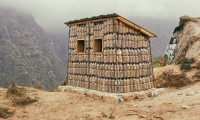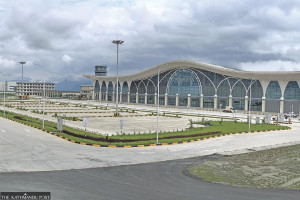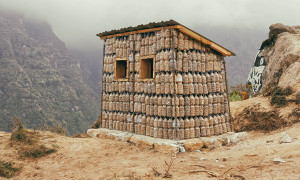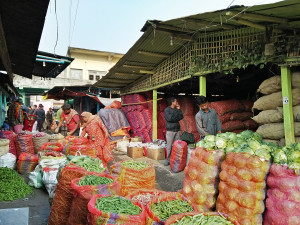Sun, Dec 21, 2025
Money
Banks start facing liquidity shortage
Many banks and financial institutions have started rushing to grab instruments floated by the Nepal Rastra Bank (NRB) to inject money in the banking system, indicating they have started facing shortage of liquidity.
bookmark
Published at : December 11, 2017
Updated at : December 11, 2017 10:10
Kathmandu
Many banks and financial institutions have started rushing to grab instruments floated by the Nepal Rastra Bank (NRB) to inject money in the banking system, indicating they have started facing shortage of liquidity.
The NRB, the central monetary authority, had offered repo, a money market instrument, to inject Rs15 billion in the banking sector on Friday. The 14-day instrument, with fixed interest of 5 percent, was oversubscribed, with banks and financial institutions placing demand for instruments worth Rs15.6 billion.
Sensing shortage of liquidity in the market, the NRB floated repo on Sunday as well to inject Rs10 billion in the banking system. Although these instruments were not fully subscribed, response from banks and financial institutions was not lukewarm either with subscription rate standing at 75 percent of the total issuance.
“One of the reasons for shortage of liquidity is rapid collection of domestic debt by the government,” said Nara Bahadur Thapa, executive director of the Research Department of the NRB.
The domestic debt collection cycle, which used to begin in the third quarter of the fiscal year in the past, began early this year due to concerns that the government may face shortage of funds after transferring grants to newly-formed local bodies. The government raised a debt of Rs57.5 billion from the domestic market in the first quarter of the current fiscal year alone. “However, it appears local bodies [which have received around Rs150 billion so far] are not utilising available funds,” said Thapa. “This is creating liquidity crunch.”
Currently, the portion of excess liquidity in the banking sector stands at around Rs27 billion, which does not indicate a dire situation.
Yet the hike in intake of repo indicates that the excess liquidity is concentrated in handful of banks. The jump in weighted average interbank lending rates of commercial banks, which currently stands at around 4.9 percent, also indicates that excess liquidity is concentrated in handful of banks.
“We will continue to use the interest rate corridor to make sure banks and financial
institutions have adequate liquidity to function properly,” said Thapa.
The main objective of the interest rate corridor is to keep all interest rates in the banking system within a certain band. This year, the NRB has decided to put all short-term interest rates within a band of 3 percent to 7 percent, meaning it would not allow interest rates to fall below 3 percent or exceed 7 percent.
The NRB uses three tools to operate the corridor. First is the standing liquidity facility (SLF), using which the NRB injects liquidity into the banking sector at 7 percent interest rate. The SLF forms the upper bound, or ceiling, of the corridor. Second tool is repo, which is referred to as policy rate. The tool is used to inject liquidity into the market for a period of two weeks at 5 percent interest rate. The repo floats in the middle of the corridor. The third tool used in the interest rate corridor is the term-deposit. This tool is used to mop up liquidity from the banking sector at 3 percent interest rate. This rate forms the lower bound, or floor, of the corridor.
Two-week repo issuance
Offer Amount (Rs in b) Bid Amount(Rs in b)
17-Nov 20 7.95
19-Nov 20 1
28-Nov 10 11.94
29-Nov 10 2.55
08-Dec 15 15.62
10-Dec 10 7.55
Most Read from Money
Editor's Picks
E-PAPER | December 21, 2025
×




 14.12°C Kathmandu
14.12°C Kathmandu














